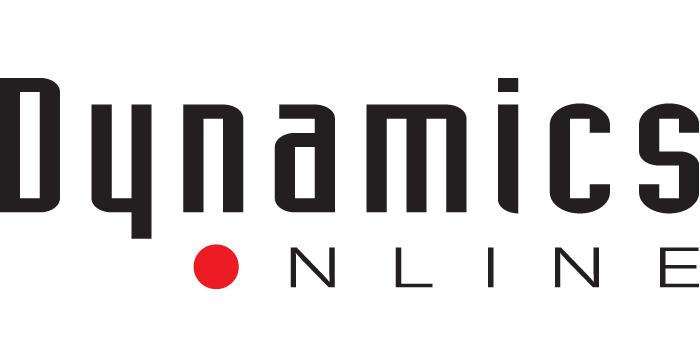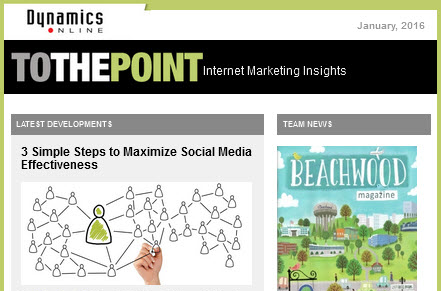Penguin 2.0 – Pared Down
Penguin 2.0 brought on quite a few changes over the past few months that affected large, high-profile companies, small, “off-the-radar” companies, and mid-sized companies like the ones we here at Dynamics represent. Like many of the strategies we implement that are consistently proven and trustworthy, we stuck to our guns and didn’t jump on the Penguin 2.0 blog post bandwagon right away, however much it may have improved our search rankings. Instead, we gave 2.0 a little time to marinate and watched the effects.
Here’s what we’ve found.
Basic Things to Know About Penguin 2.0
Rolled out on May 22, this update focused on:
- Advertorial links flowing page rank – paid articles on websites that contain “follow” links
- Anything appearing unnatural, such as: sites from a completely different industry; sites that look like link farms; sites that would provide no value to a visitor, and overly optimized links that are spammy
- Links tossed into an article in an incoherent fashion
- Links from low quality directories and bookmarks
- Links embedded in widgets that are installed all over the web
- Excessive footer links
- Forum comments with highly optimized links in the signature
- Links from websites that are built specifically to provide links for SEO “value”
- Links from irrelevant websites
- Site-wide links, especially if they are optimized for keywords instead of branding
- Links from blog networks
- Links from blogrolls
- Links from websites that you have control over
- Links from article directories, spam comments, and spun content
What do I do if my site was effected by Penguin 2.0?
The easy thing to say in this situation is find the bad links and remove them. Way, way, way easier said than done. Especially if you don’t know what links are bad. The main links I see Google focusing on are:
- Links that have hundreds or thousands of links pointing back to one URL. (If you go to the URL that is linking back and it seems unnatural, that link should be removed. If it is from a reputable source and is in your industry, it is probably okay.)
- Directory Links from poor sources
- Links from websites that were created solely for SEO purposes
How do I remove bad links?
The removal process is similar to the acquisition process: contact the webmaster and hope they listen. Once the link is removed, you can request a reconsideration for a real person at Google to review your link profile and lift the “penalty.”
There is, however, another way Google has made available. If you are unable to contact the webmaster of the inbound link, you can “disavow” the link in your Google Webmaster tools, then submit the reconsideration request. The disavow function will suggest to Google that the link should not be considered in the crawling process.
It is not a hard and fast rule that those links will be removed but so far Google has met it with open arms.
If your website was negatively affected by Penguin 2.0, please feel free to contact us about the recovery process.
Hat tip to Search Engine Journal.
 Keith Mayer is the Director of Search Engine Marketing at Dynamics Online.
Keith Mayer is the Director of Search Engine Marketing at Dynamics Online.
You can reach him by calling (216) 292-4410.


